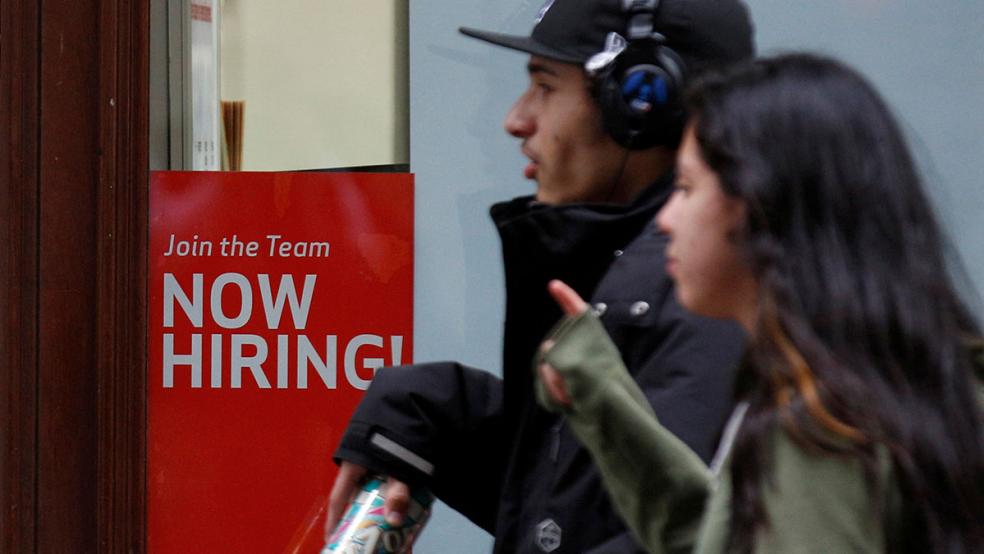Employers added 275,000 jobs in February, handily beating expectations as the labor market notched its 38th consecutive month of growth, the government reported Friday.
Previous months’ estimates were revised lower, though, with the tally for December and January cut by 167,000. Even so, the number of jobs in the U.S. economy has increased by more than 200,000 over each of the last three months, indicating that growth remains healthy, even if not quite as robust as previously thought.
At the same time, the unemployment rate crept higher last month, rising two-tenths of a percentage point to 3.9%. The increase was driven by a mix of job losses and the entry of more people into the labor market. An alternative measure of unemployment, known as U-6, which includes some part-time workers, also increased, rising a tenth of a point to 7.3%.
What the experts are saying: “We’re seeing that the job market is getting cooler,” economist Guy Berger of the Burning Glass Institute, a labor market research group, told NBC News. “It’s still not a bad one, but it’s looking more like what we saw in the mid-2010s — which was not a terrible job market but still a worse one than what we saw later that decade or what we had in the post-pandemic period.”
Former Obama administration economist Jason Furman said it was a “soft landing jobs report,” referring to the much-hoped-for outcome of inflation falling without a recession. “Tilts the balance of worry ever so slightly away from inflation and towards recession. But overall things still looking good.”
Stephen Stanley, U.S. economist at Santander Bank, told the Financial Times that he weighted the bad news of downward revisions and a rising unemployment rate more heavily than the strong growth number in February. “Still,” he added, “the overall picture in my view is that the labor market is still healthy.”
RSM chief economist Joseph Brusuelas highlighted one key detail: the level of prime-age employment, which matched a two-decade high. “One reason behind the booming economy is the fact that 83.5% of prime aged workers 25-54 are on the job,” he wrote. “Jobs are plentiful and avg hourly earnings are up 4.3% y/y. This is what full employment looks like if one cares to look.”




